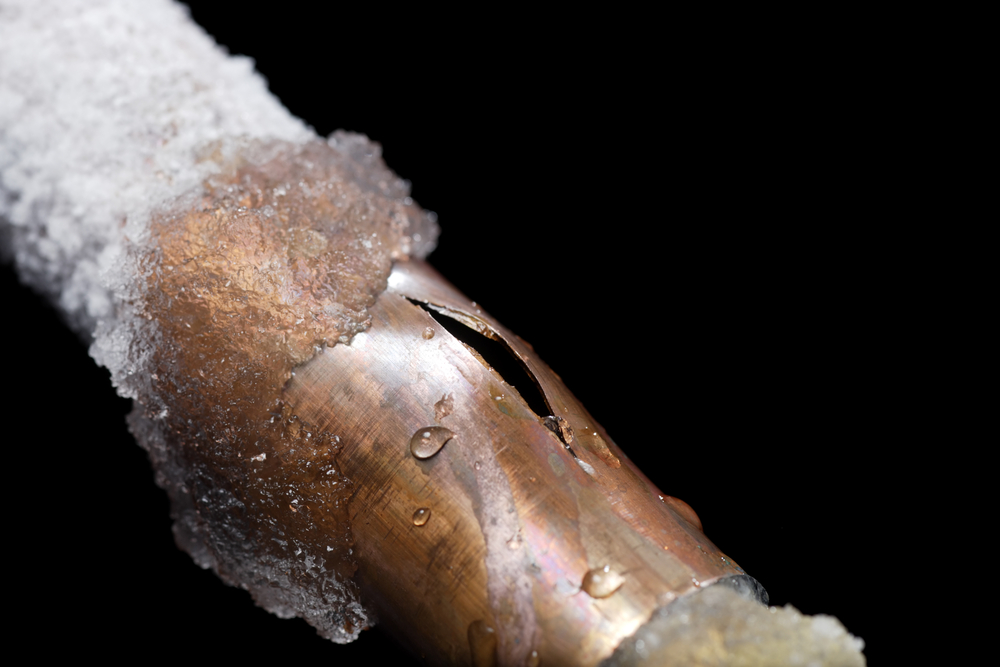Right here on the next paragraphs yow will discover additional excellent additional info concerning Preventing and dealing with frozen pipes.

Cold weather can wreak havoc on your pipes, specifically by freezing pipes. Here's just how to avoid it from occurring and what to do if it does.
Introduction
As temperature levels drop, the threat of frozen pipelines boosts, possibly causing costly fixings and water damage. Recognizing how to avoid icy pipes is critical for property owners in cold environments.
Understanding Icy Pipelines
What causes pipes to freeze?
Pipes freeze when exposed to temperatures below 32 ° F (0 ° C) for extended durations. As water inside the pipelines ices up, it increases, putting pressure on the pipe walls and possibly causing them to burst.
Dangers and problems
Frozen pipelines can cause water system disruptions, property damages, and expensive repair services. Ruptured pipelines can flooding homes and cause substantial structural damage.
Signs of Frozen Pipeline
Recognizing frozen pipelines early can stop them from breaking.
How to identify frozen pipes
Seek decreased water circulation from faucets, unusual smells or sounds from pipelines, and noticeable frost on exposed pipes.
Prevention Tips
Shielding susceptible pipes
Cover pipes in insulation sleeves or use warmth tape to shield them from freezing temperatures. Concentrate on pipes in unheated or external locations of the home.
Heating strategies
Keep indoor areas effectively heated, particularly locations with plumbing. Open closet doors to enable warm air to circulate around pipes under sinks.
Protecting Outside Pipes
Yard pipes and outside faucets
Separate and drain pipes garden hoses prior to winter. Set up frost-proof faucets or cover outside taps with shielded caps.
What to Do If Your Pipes Freeze
Immediate actions to take
If you presume icy pipes, keep faucets open up to soothe stress as the ice thaws. Make use of a hairdryer or towels taken in hot water to thaw pipes slowly.
Long-Term Solutions
Structural adjustments
Consider rerouting pipes far from outside walls or unheated locations. Include added insulation to attics, cellars, and crawl spaces.
Upgrading insulation
Buy high-quality insulation for pipelines, attics, and wall surfaces. Proper insulation aids keep regular temperatures and decreases the danger of frozen pipelines.
Conclusion
Stopping icy pipelines calls for aggressive procedures and quick responses. By recognizing the causes, signs, and safety nets, property owners can safeguard their plumbing throughout cold weather.
5 Ways to Prevent Frozen Pipes
Drain Outdoor Faucets and Disconnect Hoses
First, close the shut-off valve that controls the flow of water in the pipe to your outdoor faucet. Then, head outside to disconnect and drain your hose and open the outdoor faucet to allow the water to completely drain out of the line. Turn off the faucet when done. Finally, head back to the shut-off valve and drain the remaining water inside the pipe into a bucket or container. Additionally, if you have a home irrigation system, you should consider hiring an expert to clear the system of water each year.
Insulate Pipes
One of the best and most cost-effective methods for preventing frozen water pipes is to wrap your pipes with insulation. This is especially important for areas in your home that aren’t exposed to heat, such as an attic. We suggest using foam sleeves, which can typically be found at your local hardware store.
Keep Heat Running at 65
Your pipes are located inside your walls, and the temperature there is much colder than the rest of the house. To prevent your pipes from freezing, The Insurance Information Institute suggests that you keep your home heated to at least 65 degrees, even when traveling. You may want to invest in smart devices that can keep an eye on the temperature in your home while you’re away.
Leave Water Dripping
Moving water — even a small trickle — can prevent ice from forming inside your pipes. When freezing temps are imminent, start a drip of water from all faucets that serve exposed pipes. Leaving a few faucets running will also help relieve pressure inside the pipes and help prevent a rupture if the water inside freezes.
Open Cupboard Doors
Warm your kitchen and bathroom pipes by opening cupboards and vanities. You should also leave your interior doors ajar to help warm air circulate evenly throughout your home.

I'm just very excited about 6 Ways to Prevent Frozen Pipes and I'm hoping you appreciated the new piece. Sharing is good. Helping others is fun. Many thanks for going through it.
Top Article